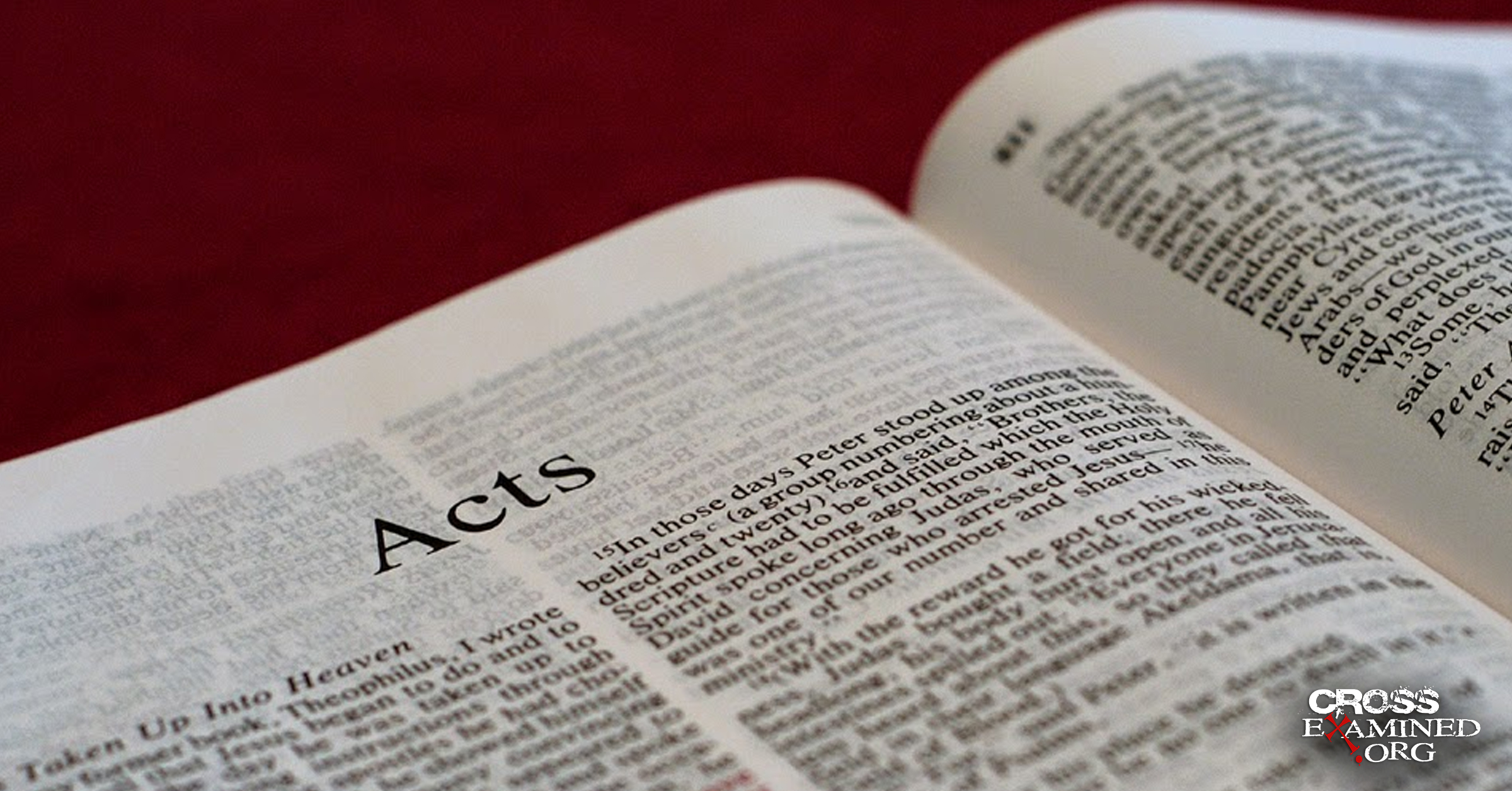What’s in a Name? New Evidence for Eyewitness Testimony in the New Testament
What’s in a name? More than you might imagine when it comes to establishing the credibility of historical accounts. Since names change dramatically over a relatively short period of time, historians can help discover whether an historical document accurately reflects the time it purports to describe by examining the names found in the text.
As revealed in Dr. Richard Bauckham’s book, Jesus and the Eyewitnesses, (which N.T. Wright describes as a “remarkable piece of detective work”), the frequency of names found in the Gospels and Acts is exactly what one would expect to find if those documents were written in the First Century by eyewitnesses or those that knew eyewitnesses. Here are some relevant facts unpacked in detail by Dr. Bauckham in chapters 3 and 4:
41.5% of men in First Century Palestine bore one of the nine most popular male names, while 40.3% of men in the Gospels and Acts bore one of those names– a remarkable correlation.
The most common names for Jews living outside of Palestine in the First Century were dramatically different than those living in Palestine (and thus different from those found in the Gospels and Acts).
The names found in the Apocryphal Gospels (such as the Gospels of Thomas, Mary, Judas) are not congruent with First Century Jewish names in Palestine, which is another reason why we know that such “gospels” were forgeries written much later.
To discover how much common names change over just fifty years, I went to the Social Security Administration to see what were the most common names of babies born in the 1950’s vs. the 2000’s (click on that link– it’s one of the few things the government does that is actually fun to see!). Of the top ten male names in the 1950’s, only two made the top ten in the 2000’s. Of the top ten female names in the 1950’s, none were in the top ten in the 2000’s. In fact, “Mary”– the most popular female name in the 1950’s– had dropped to number 65 just fifty years later!
Moreover, as we point out in I Don’t Have Enough Faith to be an Atheist, it isn’t just the frequency of names that the New Testament gets right, but also the names of specific individuals known to live in the First Century. Non-biblical writers and archaeology confirm the existence and location of about 30 New Testament characters including: Agrippa I, Agrippa II, Ananias, Annas, Aretas, Augustus, Bernice, Caiaphas, Claudius, Drusilla, Erastus, Felix, Gallio, Gamaliel, Herod Anitpas, Herod Archelaus, Herod the Great, Herod Philip I, Herod Philip II, Herodias, James, Jesus Christ, John the Baptist, Judas of Galilea, Lysanias, Pilate, Quirinius, Porcius Fesus, Sergius Paulus, and Tiberius Caesar.
How did the New Testament authors, without the aid of modern research tools, get all these names right if they did not have access to eyewitness testimony from the First Century? It takes more faith to believe in the late dating of the New Testament that liberals assert (without evidence by the way) then to just follow the evidence where it leads– right back to where Jesus walked in First Century Palestine.
For more on this topic, listen to my 5/21/2012 CrossExamined radio podcast here, and read a short article by Dr. Craig Hazen of BIOLA university here.


Leave a Reply
Want to join the discussion?Feel free to contribute!